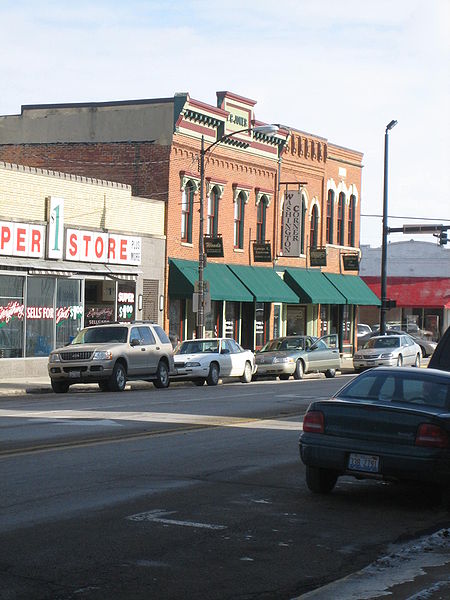National Historic Landmark
A National Historic Landmark (NHL) is a building, district, object, site, or structure that is officially recognized by the United States government for its outstanding historical significance. Only some 2,500, or roughly three percent, of over 90,000 places listed on the country's National Register of Historic Places are recognized as National Historic Landmarks.
Independence National Historical Park in Philadelphia, one of the nation's most visited National Historic Landmark Districts
Navajo Nation Council Chamber, the seat of government for Navajo Nation in Window Rock, Arizona
The Titan Missile Museum in Tucson, Arizona, a National Historic Landmark
Central Park in New York City, a prominent National Historic Landmark; New York City has 116 NHLs, more than any other city in the U.S.
National Register of Historic Places property types
The U.S. National Register of Historic Places (NRHP) classifies its listings by various types of properties. Listed properties generally fall into one of five categories, though there are special considerations for other types of properties which do not fit into these five broad categories or fit into more specialized subcategories. The five general categories for NRHP properties are: building, district, object, site, and structure.
Clockwise from bottom left: a site, a building, a structure and an object. All are examples of National Register of Historic Places property types.
Frank Lloyd Wright's famous Fallingwater is an example of a building.
Historic districts often encompass numerous buildings, such as these in the Oregon Commercial Historic District, in Oregon, Illinois.
The Rhode Island Red Monument in Rhode Island is an example of an object








